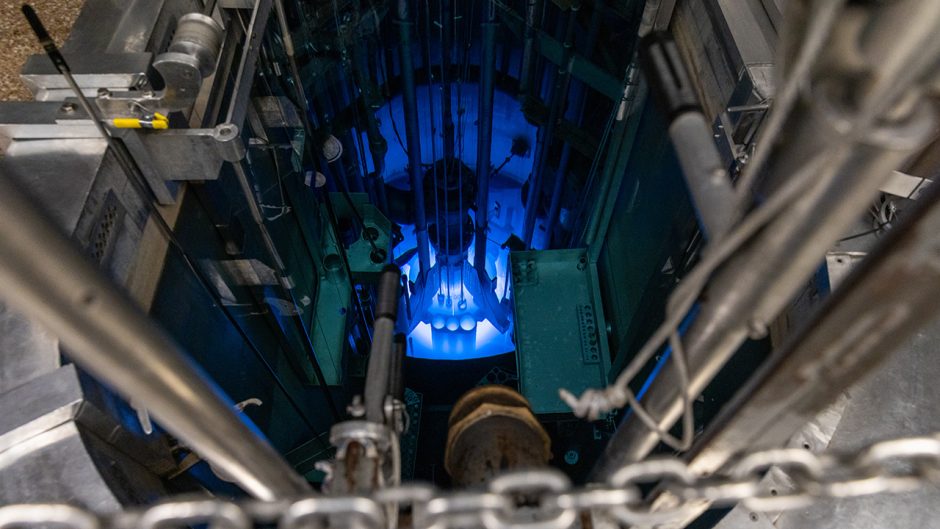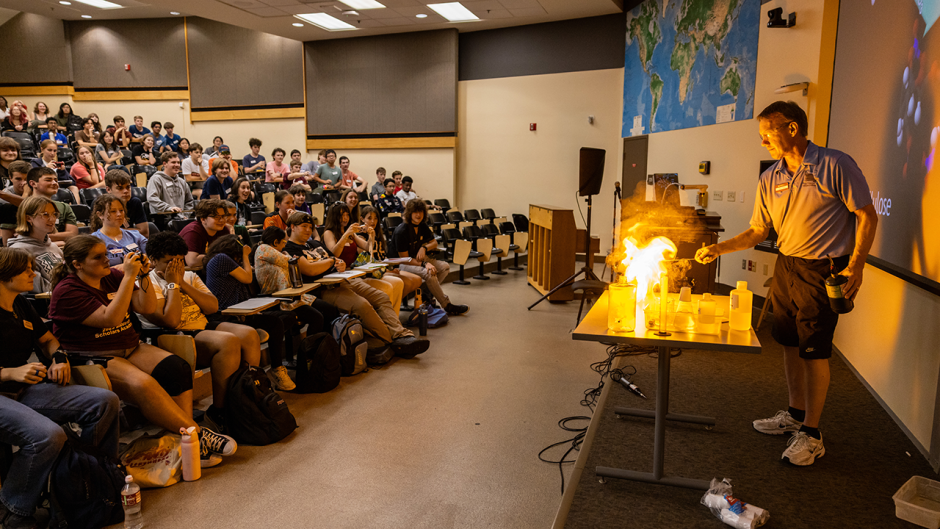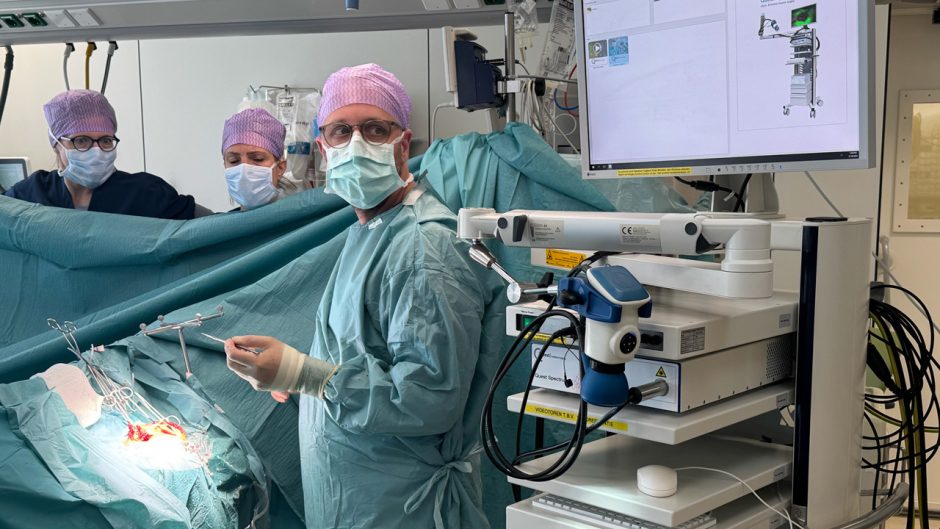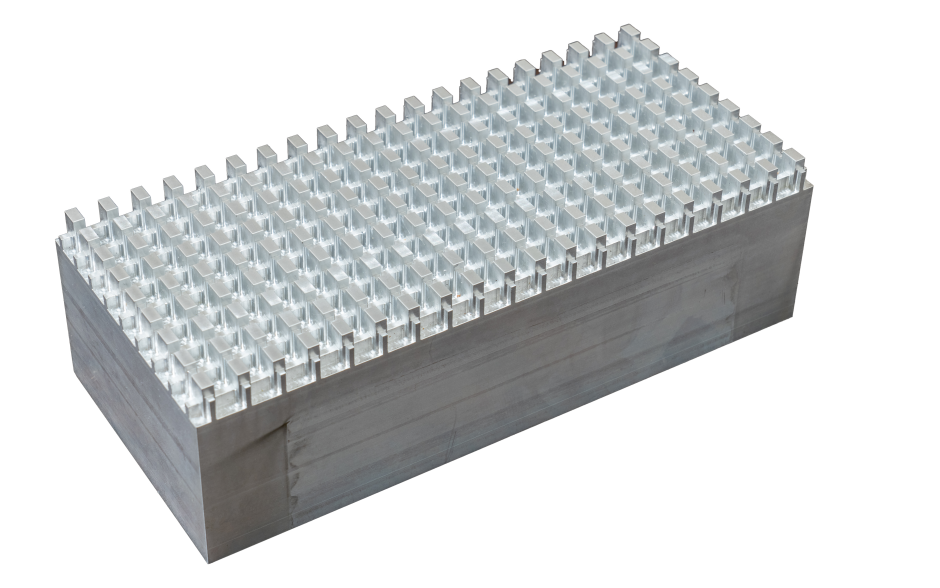
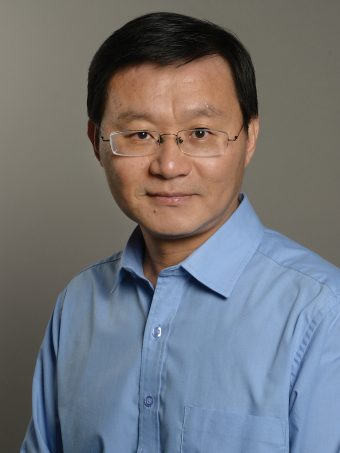
July 31, 2023
Contact: Eric Stann, 573-882-3346, StannE@missouri.edu
Everyday life involves the three dimensions or 3D — along an X, Y and Z axis, or up and down, left and right, and forward and back. But, in recent years scientists like Guoliang Huang, the Huber and Helen Croft Chair in Engineering at the University of Missouri, have explored a “fourth dimension” (4D), or synthetic dimension, as an extension of our current physical reality.
Now, Huang and a team of scientists in the Structured Materials and Dynamics Lab at the MU College of Engineering have successfully created a new synthetic metamaterial with 4D capabilities, including the ability to control energy waves on the surface of a solid material. These waves, called mechanical surface waves, are fundamental to how vibrations travel along the surface of solid materials.
While the team’s discovery, at this stage, is simply a building block for other scientists to take and adapt as needed, the material also has the potential to be scaled up for larger applications related to civil engineering, micro-electromechanical systems (MEMS) and national defense uses.
“Conventional materials are limited to only three dimensions with an X, Y and Z axis,” Huang said. “But now we are building materials in the synthetic dimension, or 4D, which allows us to manipulate the energy wave path to go exactly where we want it to go as it travels from one corner of a material to another.”
This breakthrough discovery, called topological pumping, could one day lead to advancements in quantum mechanics and quantum computing by allowing for the development of higher dimension quantum-mechanical effects.
“Most of the energy — 90% — from an earthquake happens along the surface of the Earth,” Huang said. “Therefore, by covering a pillow-like structure in this material and placing it on the Earth’s surface underneath a building, and it could potentially help keep the structure from collapsing during an earthquake.”
The work builds on previous research by Huang and colleagues which demonstrates how a passive metamaterial could control the path of sound waves as they travel from one corner of a material to another.
The study, “Smart patterning for topological pumping of elastic surface waves,” was published in Science Advances, a journal of the American Association for the Advancement of Science (AAAS). It is supported by grants from the Air Force Office of Scientific Research and the Army Research Office.

![062625_CEI Aerial View_email-cropped[29] (1)](https://showme.missouri.edu/wp-content/uploads/2025/06/062625_CEI-Aerial-View_email-cropped29-1-940x529.jpg)
